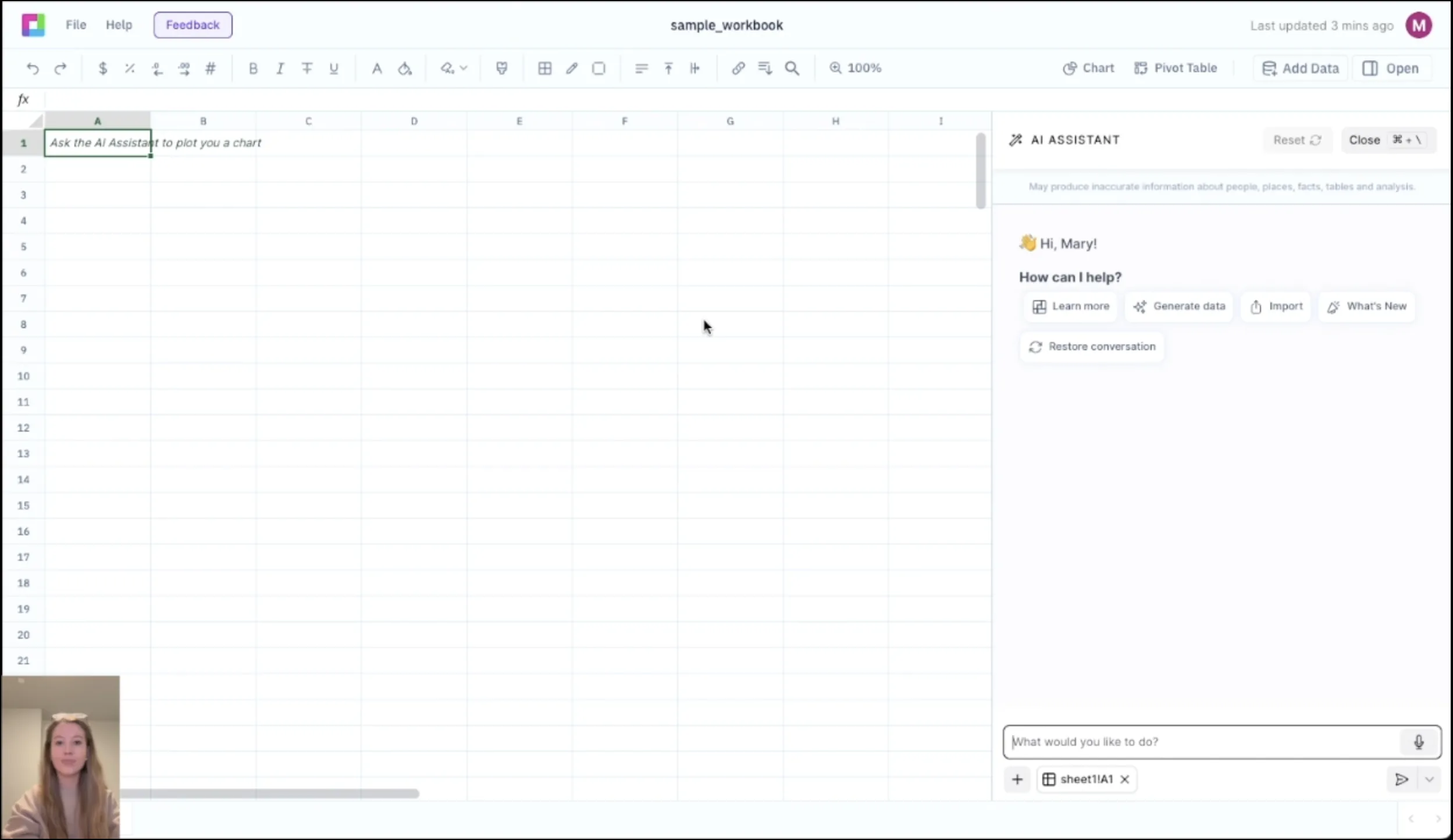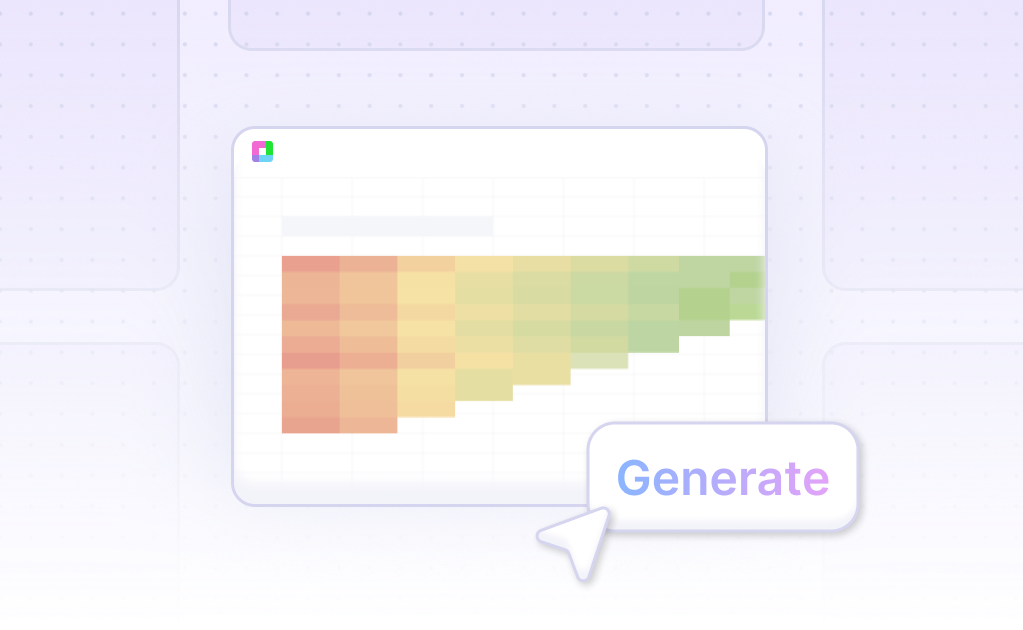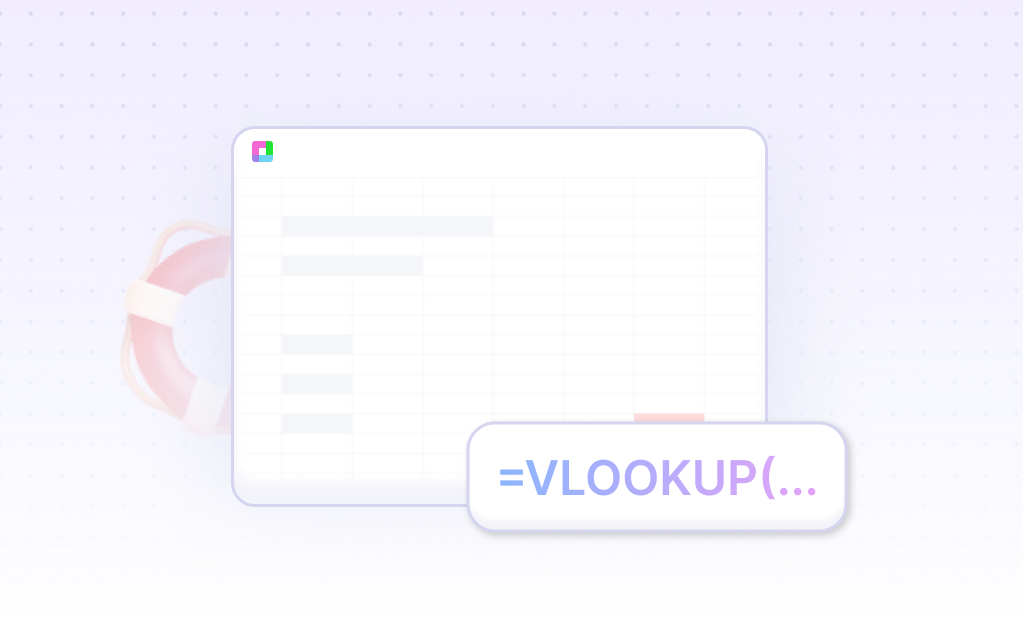
Master Macroeconomic Modeling with Advanced Forecasting Analytics
Macroeconomic modeling requires sophisticated economic forecasting, policy analysis, and comprehensive econometric modeling capabilities. Our Macroeconomic Modeling Platform template provides comprehensive tools to model economic systems, forecast economic indicators, and analyze policy impacts with institutional-quality frameworks for economists and policy analysts.
From economic forecasting to policy analysis, optimize macroeconomic modeling. Built for economists, policy analysts, and research institutions, this template helps you model economic systems, forecast indicators, and analyze policy impacts.
Comprehensive Economic Forecasting Framework
GDP & Growth Modeling
Model GDP growth with production functions, expenditure decomposition, and growth accounting. Forecast economic growth and output dynamics.
Labor Market Analysis
Analyze labor markets with unemployment modeling, wage dynamics, and labor force participation. Forecast employment trends and wage growth.
Price Level Dynamics
Model price dynamics with inflation forecasting, price index analysis, and cost-push/demand-pull factors. Understand inflation determinants.
Business Cycle Analysis
Analyze business cycles with cycle dating, turning point detection, and cycle decomposition. Forecast economic cycles and transitions.
Policy Analysis & Econometric Modeling
Fiscal Policy Impact
Analyze fiscal policy with multiplier effects, debt sustainability, and spending efficiency. Evaluate fiscal policy effectiveness and sustainability.
Monetary Policy Transmission
Model monetary transmission with interest rate channels, credit channels, and asset price effects. Analyze monetary policy effectiveness.
Structural Econometric Models
Build structural models with DSGE frameworks, VAR models, and simultaneous equations. Capture economic relationships and policy impacts.
Scenario Analysis & Stress Testing
Conduct scenario analysis with stress testing, sensitivity analysis, and alternative scenarios. Assess economic resilience and policy responses.
Frequently Asked Questions
How does it model GDP growth?
The template models GDP growth with production functions, expenditure decomposition, and growth accounting. It forecasts economic growth and output dynamics.
Can it analyze labor markets?
Yes, the template analyzes labor markets with unemployment modeling, wage dynamics, and labor force participation. It forecasts employment trends and wage growth.
How does it analyze fiscal policy?
The template analyzes fiscal policy with multiplier effects, debt sustainability, and spending efficiency. It evaluates fiscal policy effectiveness and sustainability.
Does it include structural models?
The template builds structural models with DSGE frameworks, VAR models, and simultaneous equations. It captures economic relationships and policy impacts.
How does it conduct scenario analysis?
The template conducts scenario analysis with stress testing, sensitivity analysis, and alternative scenarios. It assesses economic resilience and policy responses.
Related Economic Tools
Connect your most-used data sources and tools to Sourcetable for seamless analysis.
Frequently Asked Questions
If you question is not covered here, you can contact our team.
Contact Us





